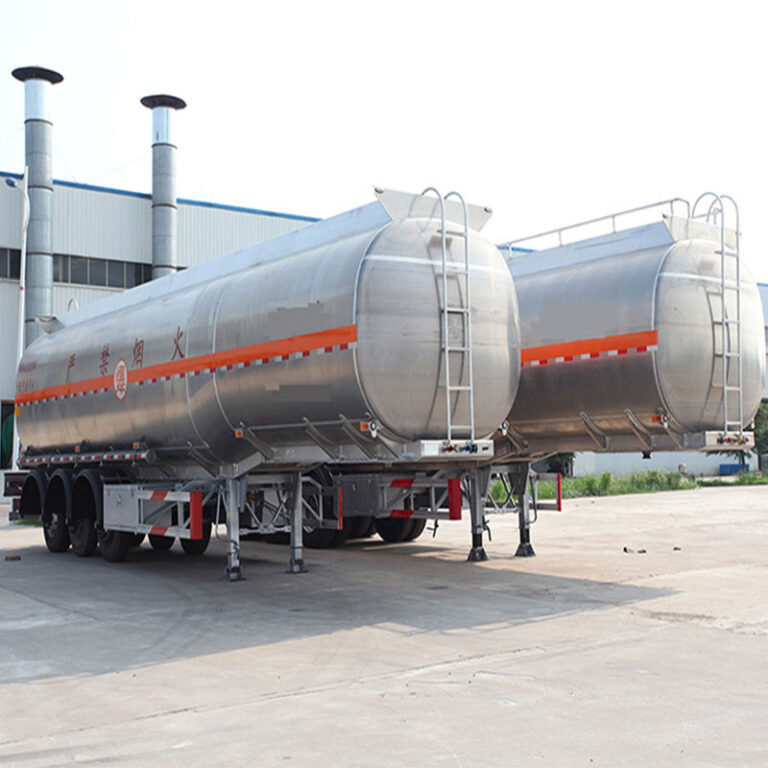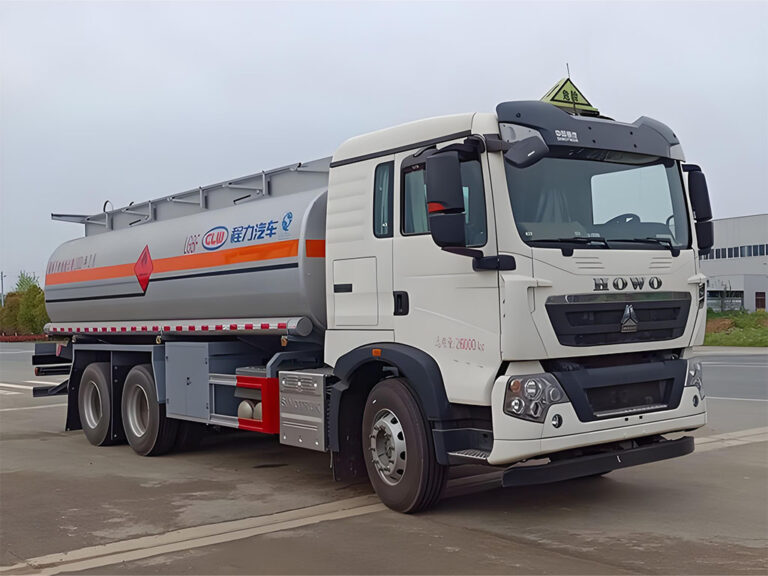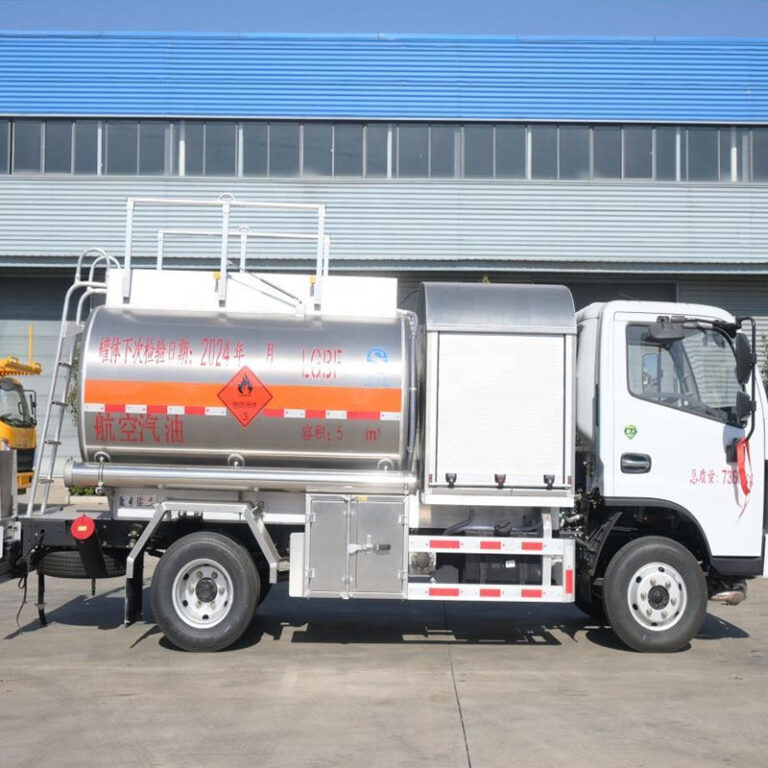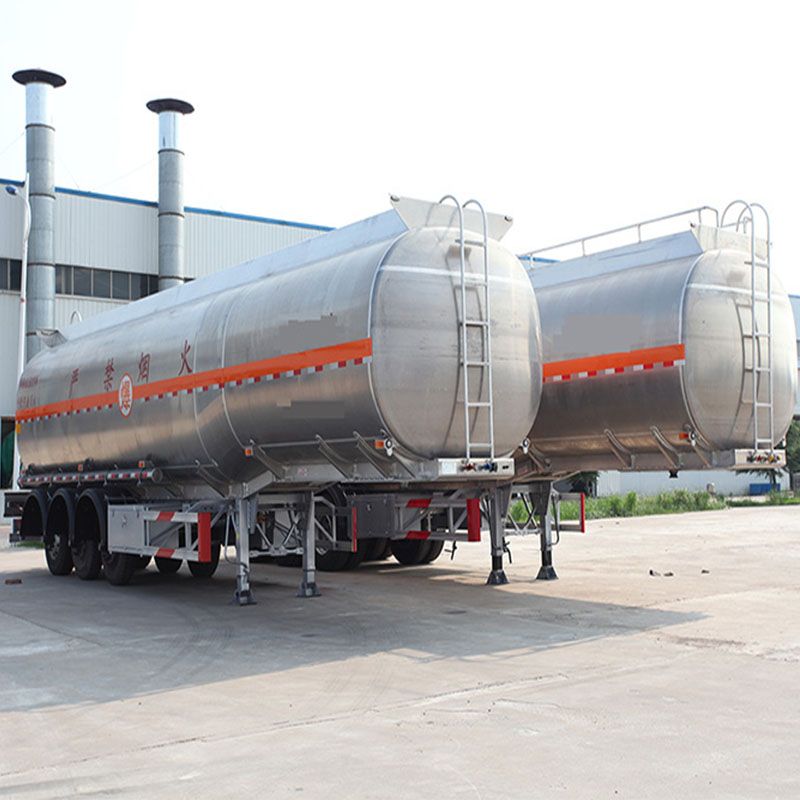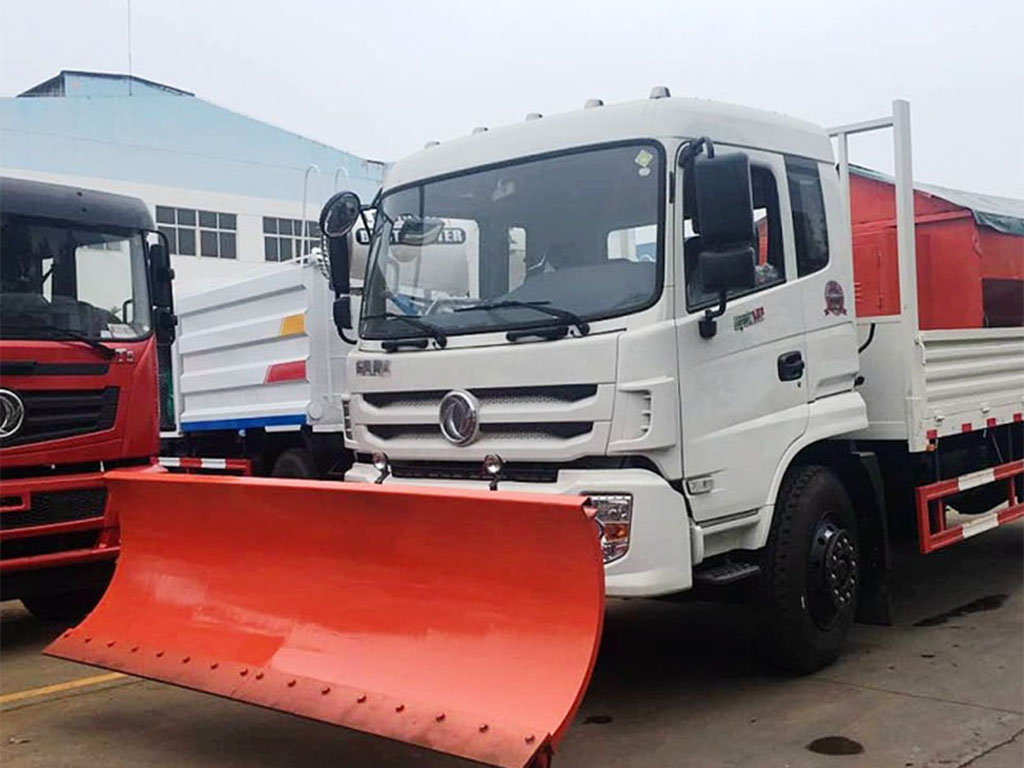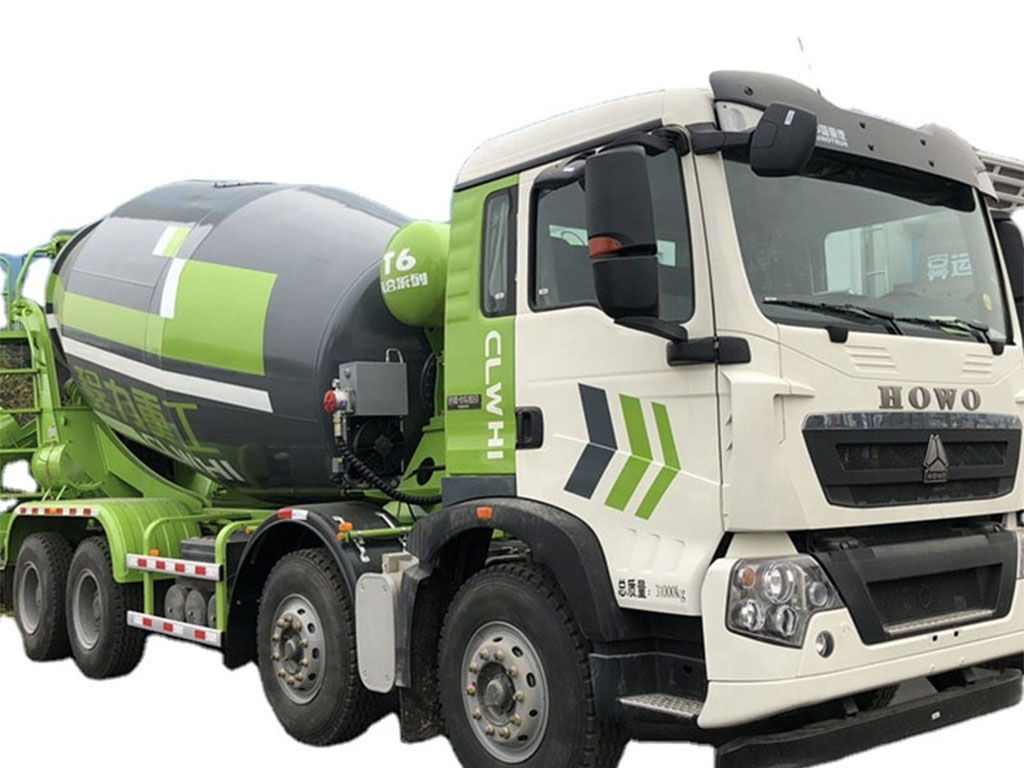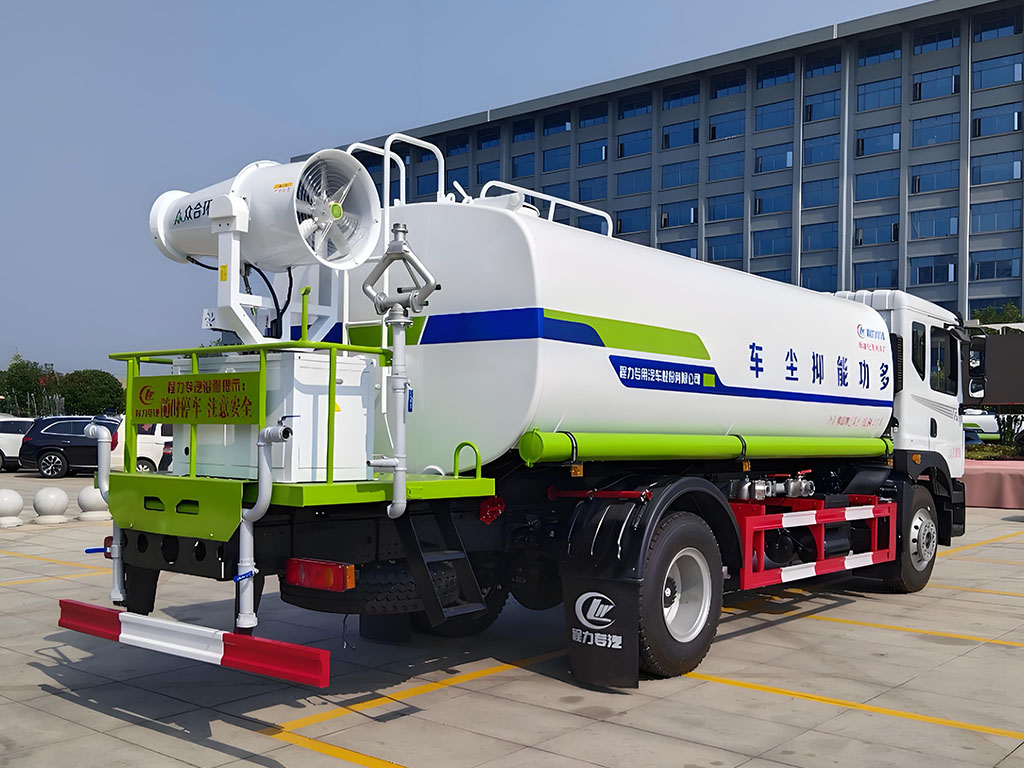-
Chengli Automobile Industry Park, Suizhou, Hubei, China
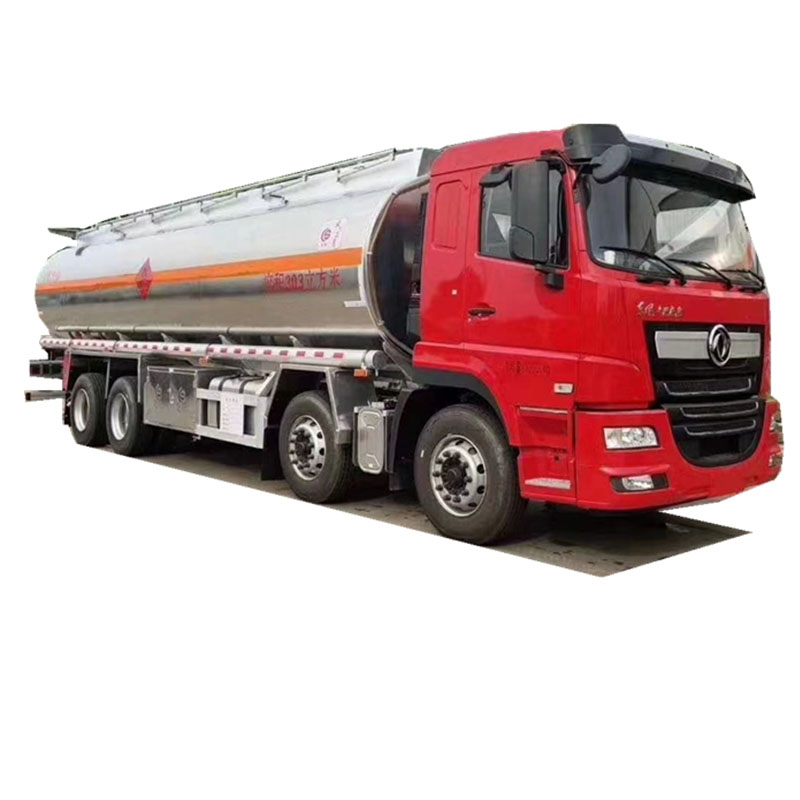
Tank or Non-Tank? Pick the Best Way to Ship Corrosive Materials
Do you need to move dangerous or strong chemicals like acid, cleaners, or liquid mixes? Picking the right way to ship these is super important. Some liquids burn skin, eat through metal, or harm the planet. Which is safer and smarter: tanks or non-tank containers? Let’s find out!
Why How You Ship Corrosives Really Matters
Corrosive material transport is not like moving toys or sand. Dangerous leaks can cost you money, break the law, and hurt people. That’s why smart businesses look for safe ways to move these liquids.
Big chemical companies and small stores all care about one thing: no spills, no waste, and no fines! Your company needs to pick the best way to stay safe, save money, and follow the rules.
What Are Corrosive Materials?
Corrosive substances are chemicals that can eat through metal or skin. Some are acids; some are strong cleaners. They fit in special hazard classes set by DOT, EPA, and UN. Moving them is not like moving juice or water.
Why are they tricky?
- They might bubble up or leak.
- Just a little spill can hurt.
- They need the right safety labels and paperwork.
The Main Ways to Ship Corrosive Chemicals
Here are the two big choices:
1. Tank Transport
- Bulk liquid transport: Big loads move inside one large tank.
- Specialized transport vehicles: Like tanker trucks or ISO tanks.
- Fewer containers mean less risk. Less chance of dropping one or causing a spill.
2. Non-Tank Transport
- Smaller loads in many containers, like drums or Intermediate Bulk Containers (IBCs).
- IBC containers come in different materials: metal, plastic, or both.
- Drum transport safety matters, especially when moving lots of small loads.
Which One Should You Pick?
Let’s compare them side by side.
Tank vs. Non-Tank Comparison Table
| Feature | Tank Transport | Non-Tank Transport |
|---|---|---|
| Size | Big: 20,000-40,000+ liters | Small: IBCs (600-1200L); Drums (200-220L) |
| Best for | Bulk shipments, same product | Mixed, small or medium loads |
| Handling | Few touchpoints | More loading/unloading |
| Safety | Very strong construction | Depends on how you pack each drum or IBC |
| Cost | Cheap for big amounts | Cheaper for small/varied shipments |
| Flexibility | Not as flexible | Very flexible, easy to split loads |
| Storage | Uses less space | Needs more room for same amount |
Tank vs. Non-Tank Corrosive Transport: Which Suits Your Business?
Expert guide to choosing the right transport for corrosive materials. Compare tank containers, IBCs, and drums for safety, cost, compliance, and efficiency.
Understanding the Options
Tank Transport (Bulk)
Designed for large volumes (20,000-40,000+ liters). Examples: ISO Tanks, Road Tankers. Lower cost per liter for bulk, minimal handling touchpoints. Ideal for large, continuous shipments.
Non-Tank Transport (Containerized)
Versatile for moderate to low volumes. Examples: IBCs (600-1200 liters), Drums (200-220 liters). Cost-effective for smaller batches, mixed loads. Offers high flexibility for diverse needs.
Cost & Volume Efficiency
Tank Transport: Highly efficient for large volumes (often 10-30% cheaper per ton-mile for bulk).
Non-Tank Transport: Flexible for varied quantities; cost-effective for smaller, mixed shipments.
*Illustrative relative costs based on typical industry observations for large volumes.
Handling & Labor
Tank Transport
- Minimal handling touchpoints (connect/disconnect).
- Can reduce labor needs by 20-40% per liter shipped for bulk.
- Requires specialized equipment for loading/unloading.
Non-Tank Transport
- More handling due to multiple individual units.
- Requires securing of each container.
- Easier for manual handling of smaller batches.
Safety & Containment
Tank Transport
- High integrity, robust construction for bulk containment.
- Lower incident rate per ton-mile, but higher consequence if failure occurs.
- Stringent international certifications required.
Non-Tank Transport
- Variable integrity, depends on individual container and securing.
- Higher risk of individual unit failure or leakage.
- Requires proper labeling, placarding, and securing of many units.
Storage & Environmental Footprint
Tank Transport
- Efficient for bulk storage (high density per footprint).
- Lower material usage per liter shipped (less packaging).
- Reduced waste streams from packaging.
Non-Tank Transport
- Less efficient for bulk storage (more space needed for same volume).
- Higher packaging material per liter.
- Requires managing waste or recycling of individual containers.
Making the Right Choice
The optimal choice depends on your specific needs:
- Quantify your shipments: Volume and frequency are key drivers.
- Analyze corrosive properties: Compatibility, stability, and hazard class.
- Evaluate budget & infrastructure: Cost of equipment, handling, and storage.
- Consult experts: Logistics providers can offer tailored advice.
Optimize your corrosive supply chain for safety, efficiency, and cost!
Contact a specialist today to tailor the best transport solution for your business.
What Are the Important Needs for Transporting Corrosives?
Every company that works with chemicals worries about these:
- Tanker truck safety
- Cargo securing for corrosives
- DOT regulations and IATA rules
- Compliance in chemical logistics
- Environmental impact
- Supply chain management
- Risk assessment chemical transport
If you ship lots of the same liquid to one place, bulky tanks like our top-grade CLW ISO tanks are hard to beat. They meet all those tough rules: UN numbers, safety placards, and proper Safety Data Sheets (SDS).
Small orders and mixed products? Non-tank methods like our custom drums or reusable IBCs make sense. You can store, stack, and split loads with ease.
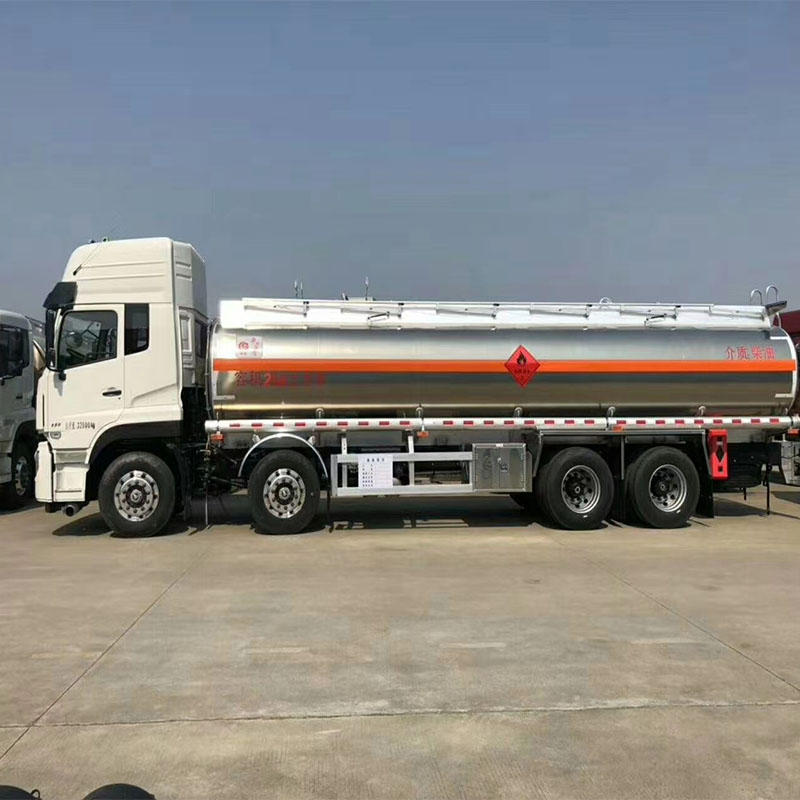
When to Pick Each: Simple Rules
Pick Tanks When You:
- Ship large volumes often.
- Handle one type of chemical.
- Want bulk chemical logistics.
- Need best-in-class containment integrity.
- Care about per-liter cost savings and less work for your team.
Pick IBCs or Drums When You:
- Ship smaller batches.
- Need flexibility for lots of product types.
- Want to make last-mile deliveries.
- Have changing customers.
- Value easy storage and portability.
True Stories: What Businesses Found
A chemical plant switched to CLW ISO tanks for shipping big batches of acid. Guess what? Handling time dropped by 25%. Spills? Almost zero. Cost per ton went down fast.
A distributor chose our IBC containers and steel drums to send small lots of solvents all over the region. They filled small orders fast, cut waste, and kept every client happy!
Our trucks and containers meet all CFR, DOT, and PHMSA rules. We’ve seen that tank container advantages shine for big, repeat shipments. For specialty chemical logistics with lots of products, IBCs and drums win.
How to Know What’s Best For You
- Check your load size: Big or small?
- Think about frequency: Regular runs or just sometimes?
- Look at your chemicals: Are they tough to handle?
- Add up the cost: Which way saves more, overall?
- Talk to a pro: Our experts will listen and give advice!
CLW GROUP—Your Corrosive Transport Partner!
We at CLW GROUP do more than build trucks. We solve your hazardous material shipping needs. Our team gives you:
- Customized production – Build the truck or container that fits your business.
- Fast vehicle delivery – Get on the road, don’t wait weeks.
- After-sales help – Repairs, upgrades, always here for you.
- Tech consulting – Stay up-to-date with the newest rules and best practices.
Do you want a truck built just for safety? Or barrels that keep your chemicals secure? Visit our special trucks factory. We make each unit to your needs!
Need a water tank truck? Or maybe you want options for aluminum truck flatbed? We’ve got you covered, whatever you need for corrosive substance handling.
Frequently Asked Questions
Final Thoughts: Make the Best Choice
There’s no one-size-fits-all answer in chemical transport services. Your product, your needs, your future plans—all matter.
- Go tank for big, safe, repeat trips.
- Go IBC or drum for small, quick, flexible jobs.
CLW GROUP gives expert advice, top-safe containers, and trucks that meet every rule. Our goal is simple: keep your business safe, legal, and on budget.
Call us for help that’s always on your side!
References:
- Department of Transportation (DOT)
- Environmental Protection Agency (EPA)
- United Nations (UN)
- CLW GROUP Customer Data (2023)
- Hazardous Materials Regulations (HMR)
See more smart truck solutions like cement mix truck and auto transport carriers.
Discover why leaders trust our expertise. We build the reliable, compliant solution you need every time.



